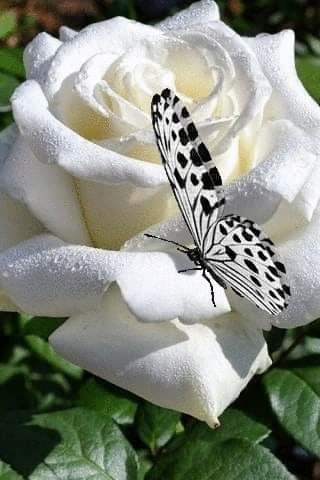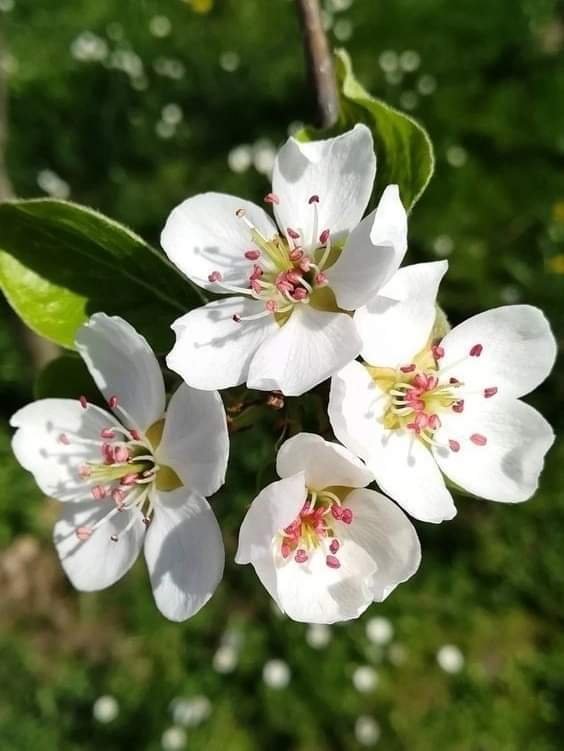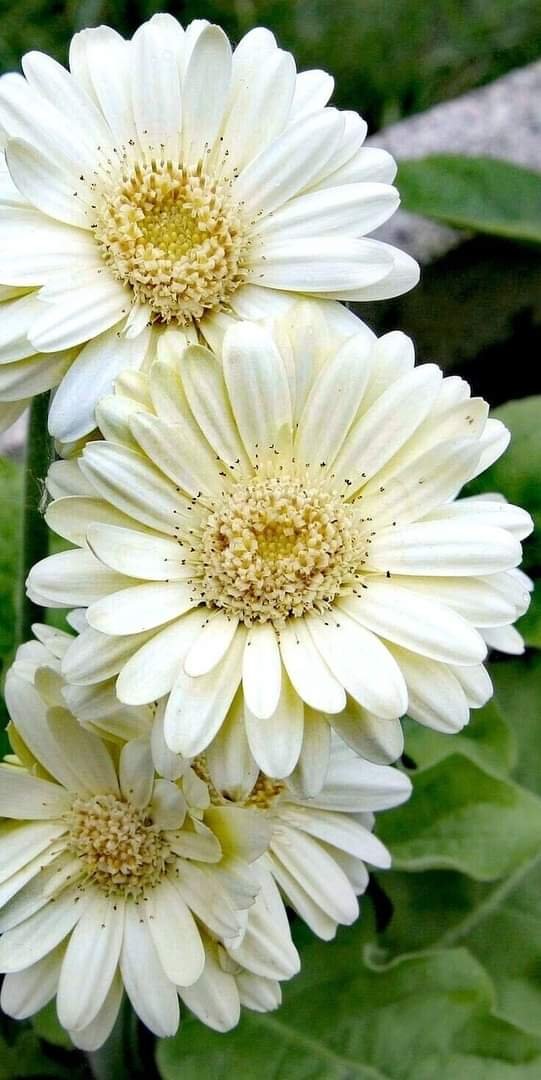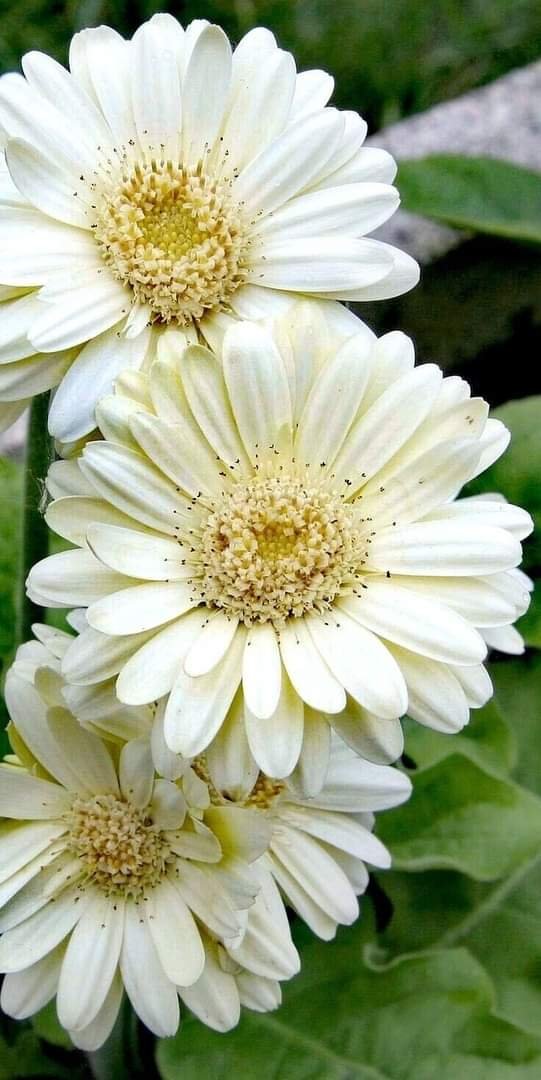Flowers photography
Flowers Photography

Flying insects, mostly pollinators, stop on the plant to feed on nectar and collect pollen, which they distribute when additional flowers arrive. "Pollinators are providing a very important service to the plant without which it cannot reproduce," notes de Pamphiles.

To help insects find nectar—and thus, pollen—many flowering plants are brightly colored (like red and yellow for hummingbirds and butterflies), as well as "nectar guides" that only emit ultraviolet (UV) light. can be seen in Light — wavelengths of the light spectrum that can be seen by airplanes and cannot be seen by humans. From a bee's perspective, UV colors and patterns in flower petals dramatically herald a flower's nectar and pollen reserves.

Patterns in flowers that can be seen by both humans and pollinators — such as lines on the petals called striations — act as a kind of air traffic control system for bees, guiding them through nectar and pollen. Guide. Helps in "bull's eye". Flower center, adds D. Pamphilus. Thanks to this shared evolutionary trait that evolved between the two species, the bee can efficiently visit many flowers and pollinate a large number of plants.

Some flowers, such as horse chestnuts and sunflowers, change color within the ultraviolet spectrum throughout their lifespan. As de Pamphiles explains, these changes are visual cues to the pollinators of nectar abundance or scarcity, saying "meet me now!" or "Do not disturb!"
@hive-180821 I have delegated the power of 55sp to your community but still I have not received the label.
@hive-180821